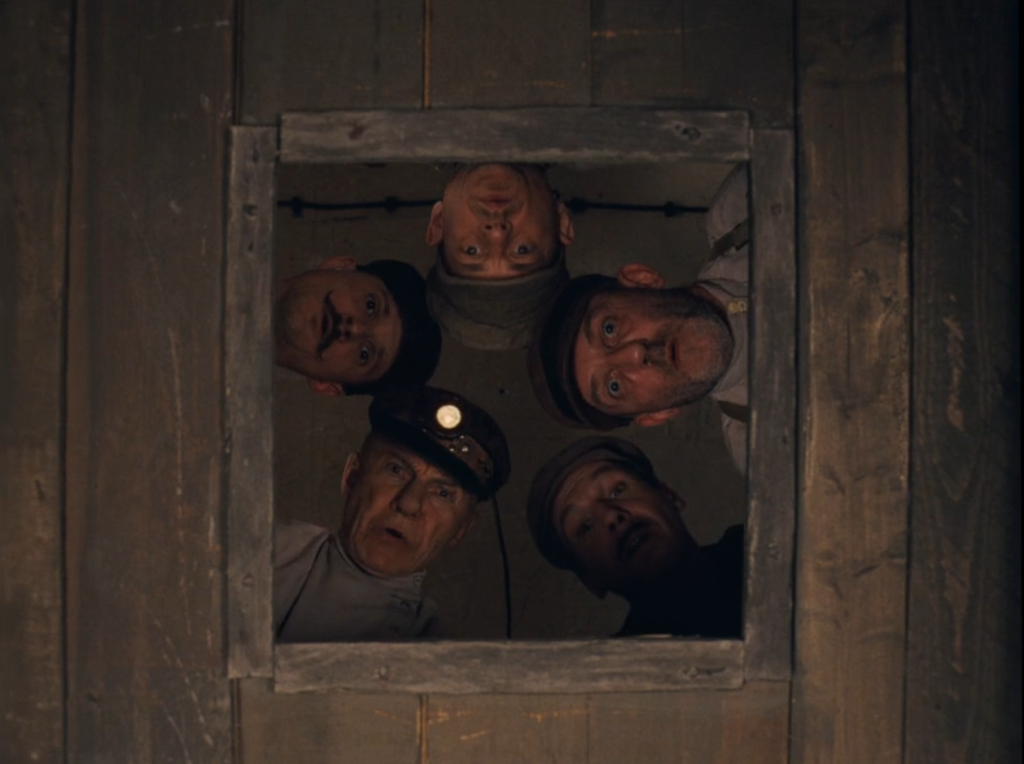Throughout the film, Wes Anderson makes reference to a number of contextual ideas. These include:
Cultural/Social
What sort of person might have stayed at The Grand Budapest Hotel? What sort of lifestyle does the film evoke?
The hotel is home to many aristocratic, wealthy guests which reinforces the theme of class portrayed throughout the film.
The film evokes a life of extravagance and oozes style throughout. The vibrant colour palette emphasises the upper class society in which the inhabitants of the film are members of.
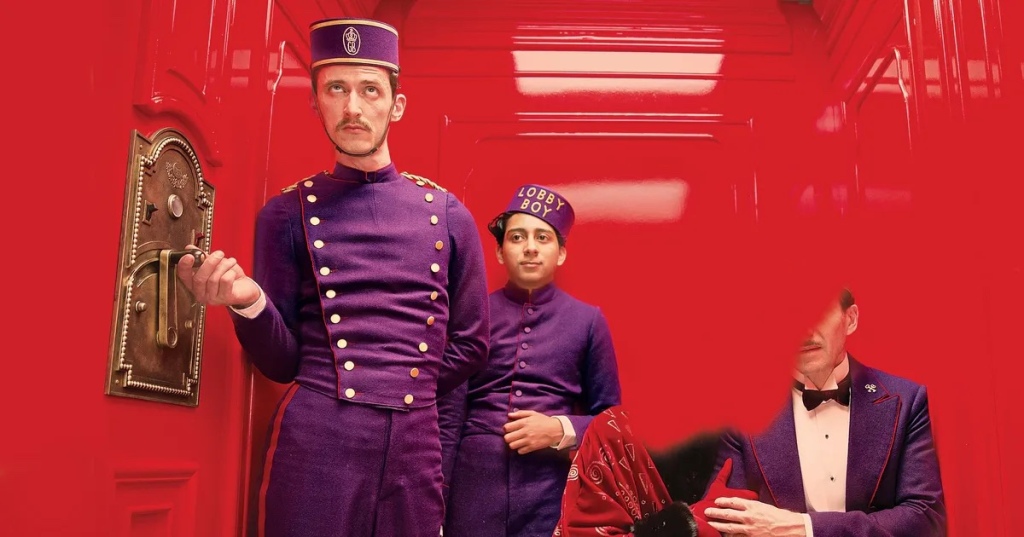
Historical/Political
Was there a real “Grand Budapest Hotel”? What inspired the filmmakers?
The “Grand Budapest Hotel” is indeed fictitious, however many elements of the film take influence from the style of Karlovy Vary, the colorful spa town in the Czech Republic, primarily the Grandhotel Pupp. In addition to this, the model of the hotel featured in the poster of the film, is the historic Bristol Palace Hotel.
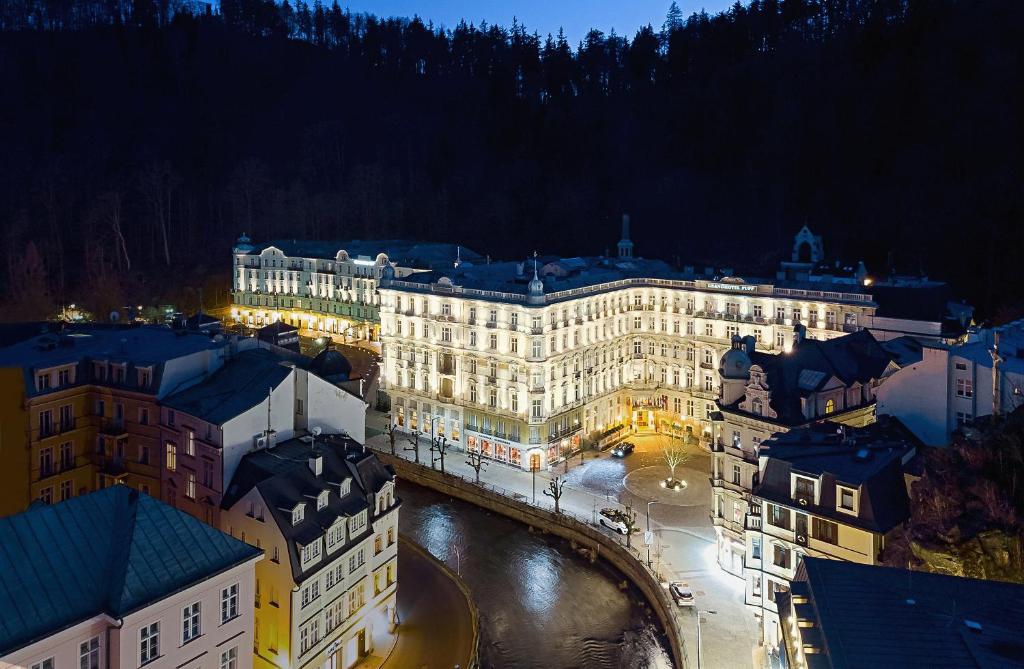

What key historical events are portrayed in the film?
The main historical event portrayed throughout The Grand Budapest Hotel is the stylistic portrayal of a fascist army which holds a strong resemblance to the Nazis. The costumes are emblazoned with a “ZZ” insignia not unlike the SS. It is interesting to make note of the fact that they are never referred to as “Nazis”, it is only subtly implied.
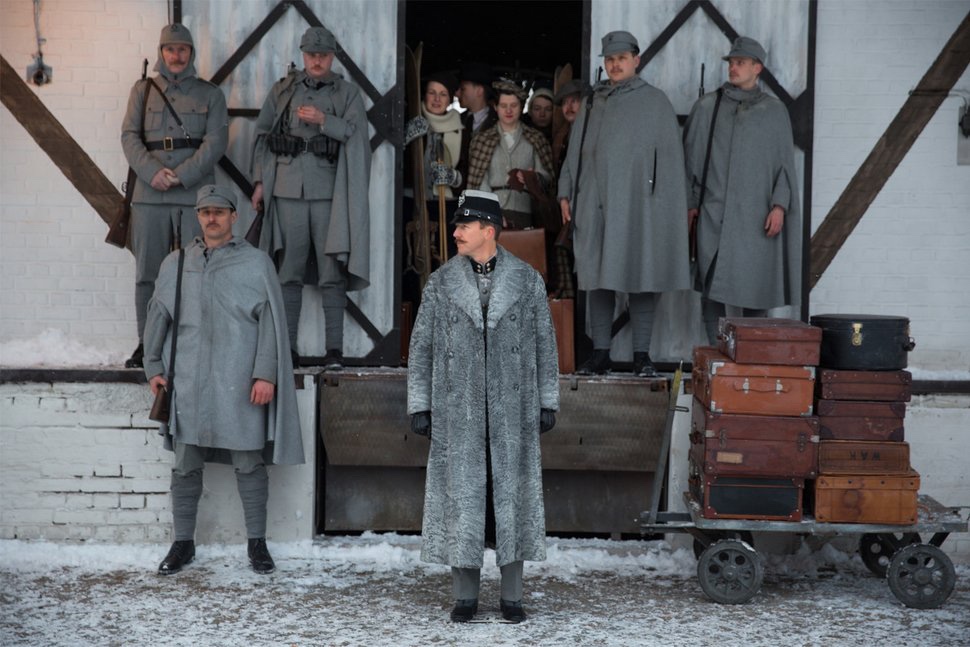
Institutional
How does The Grand Budapest Hotel fit into Wes Anderson’s canon of work?
The Grand Budapest Hotel is Wes Anderson’s eighth film and is considered by many to be his magnum opus. Through the use of an array of aspect ratios, an ostentatious colour palette and a vast ensemble cast, Anderson forges an unforgettable cinematic experience appreciated by critics and audiences alike.
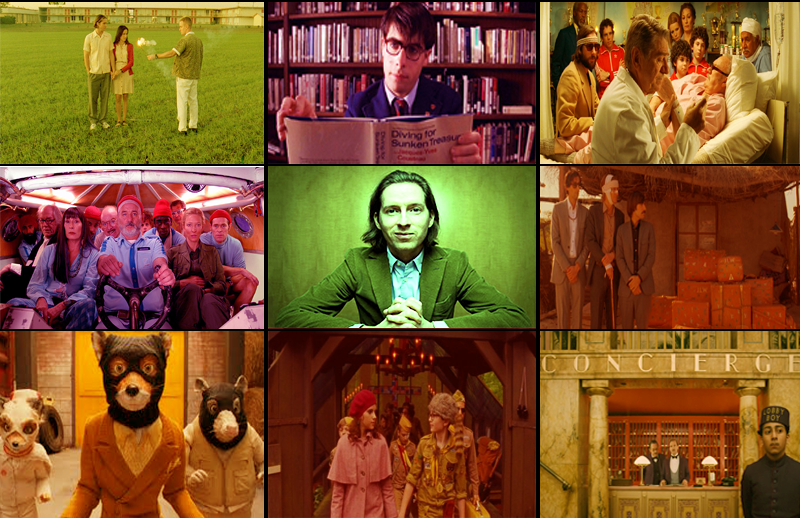
Technical
What interesting technical techniques does Wes Anderson employ to tell the story?
Wes Anderson uses a number of techniques throughout the film such as lighting, depth of field and narrative editing in order to reflect Zero’s emotional recollection of events. Anderson often establishes a frame within a frame and focus the audience’s attention by having an object enter the frame, which is often accentuated by convenient lighting.
